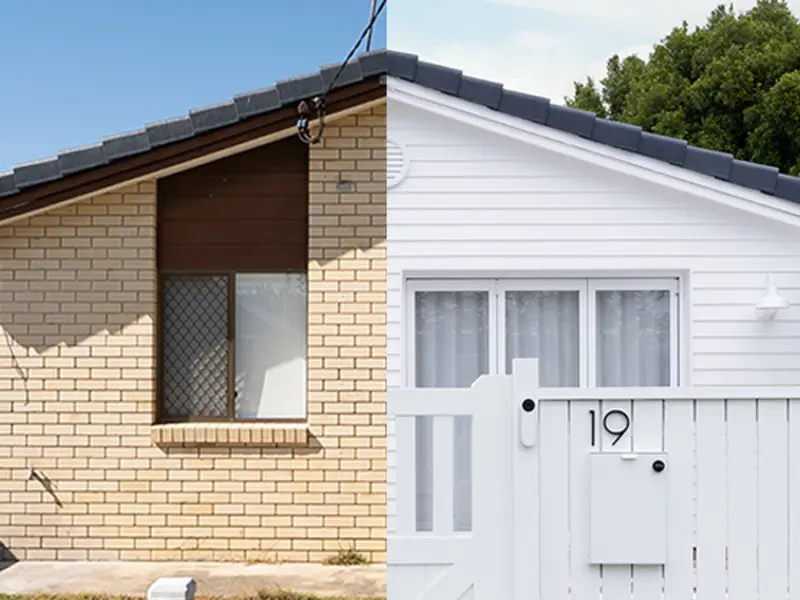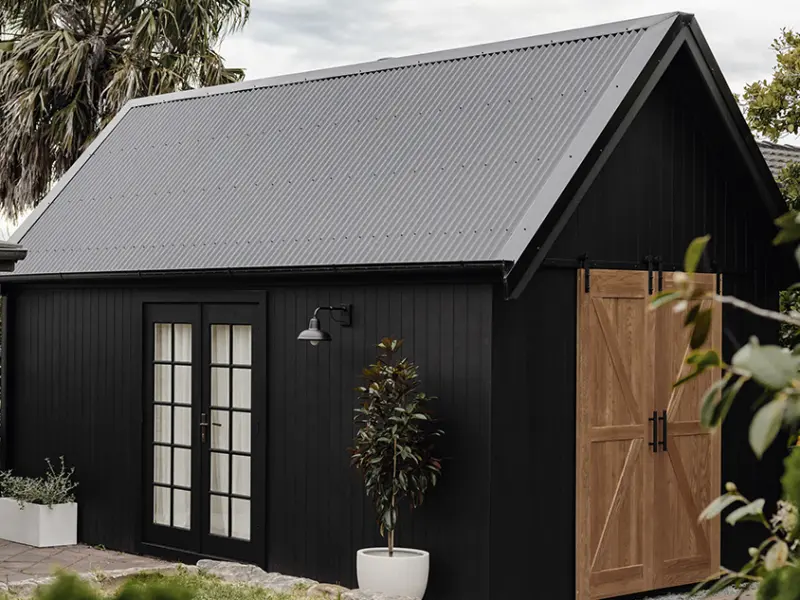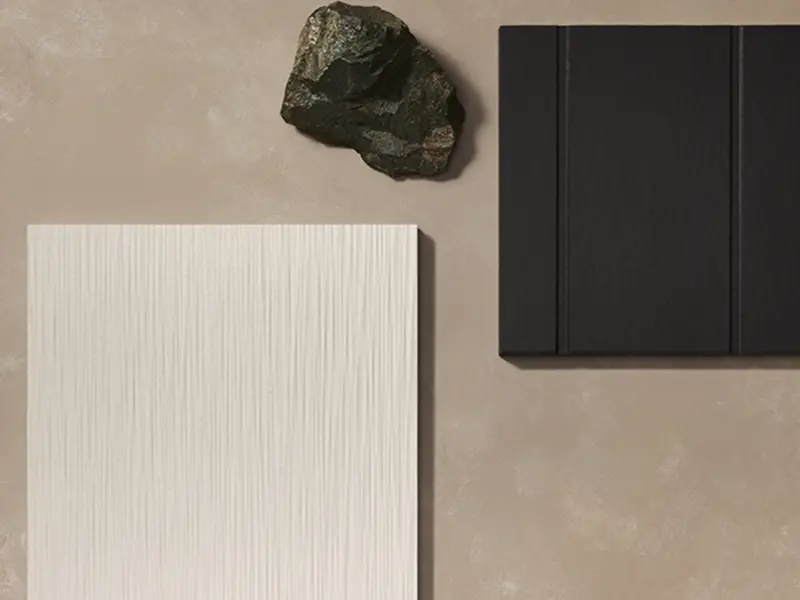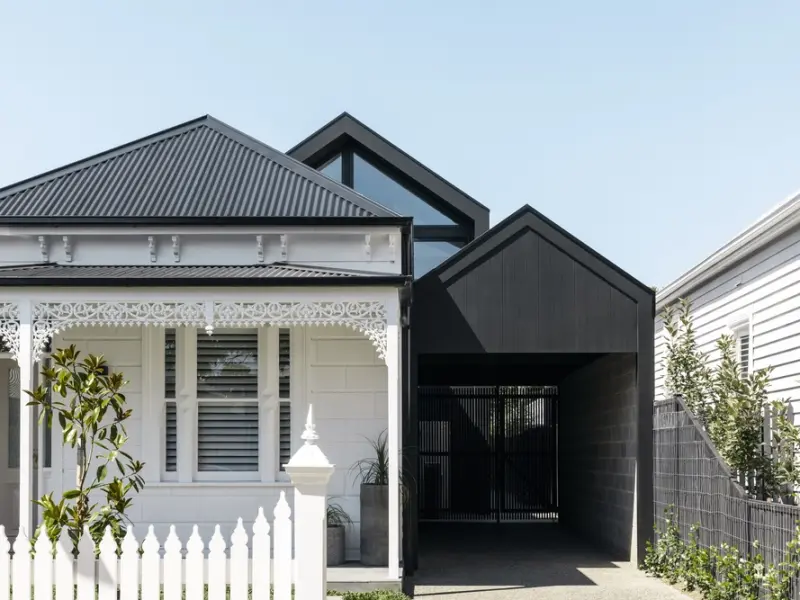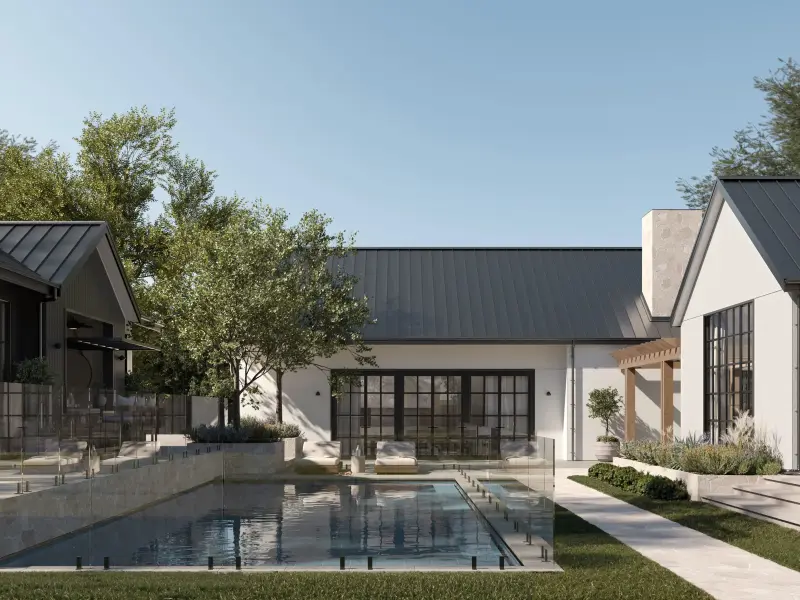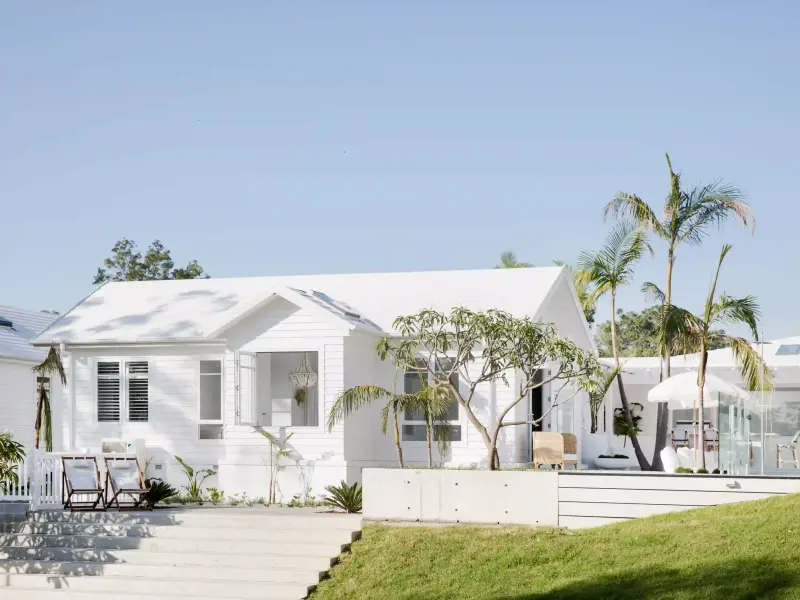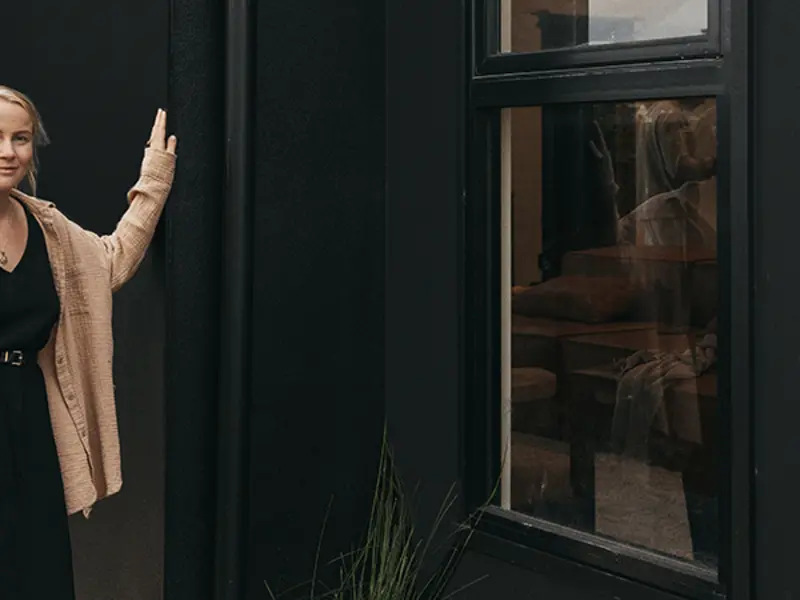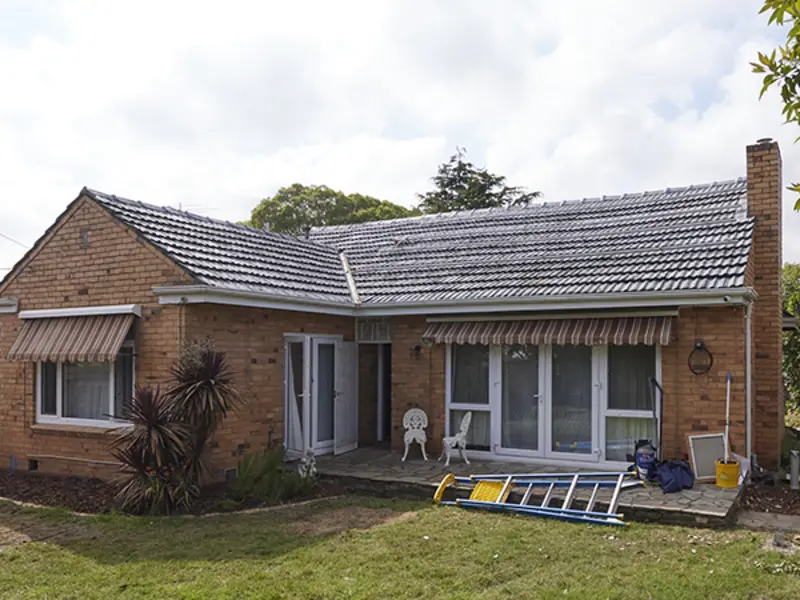
How to create and blitz your build or renovation budget
Like a power drill or hammer, a budget is an essential tool for home builders and renovators. In fact, throughout your project, a clear and detailed budget will become your secret weapon, outlining all potential expenses and covering factors large and small.
Nailing down your build or renovation budget – the total estimated cost for your project – can be daunting, but defining roughly how much you want (and have available) to spend is an important starting point.
For reference, according to figures from the Australian Bureau of Statistics, building a house in Australia cost an average of about $320,000 in 2018-2019.* The cost of renovating a home tends to start at about $2000 per square metre,** although this figure will vary dramatically based on the condition and location of your block, and the style and scale of your project.
Here is our step-by-step guide to devising your build or home renovation budget – and sticking to it
Write a build or renovation checklist
Before you create a budget, clarify your project goals and the scope of work, including your must-haves and lust-haves. This will help clarify where you’re willing to splurge, and where you can look to save. Ask yourself the following questions:
What is my vision for this project?
What features are essential to achieving this vision?
Where am I willing to compromise?
Where am I not willing to compromise?
Where am I willing to splurge?
Which features and details can help me reduce my costs?
Next, compile a list of all the expenses involved in your project (you can leave the costs blank for now), from materials to labour, design and landscaping. For how long during the project will you have extra living expenses? Do you need to account for demolition and building certifiers? Will you be buying new pieces of furniture for each room?
Our Budget Checklist is a good reference in this planning phase. Put as much information as you can to paper – this will be highly valuable when speaking to builders and contractors.
Get quotes
Research, research, research. Now’s the time to start talking to professionals and obtaining estimated costs. For each contractor you need to hire, aim to get at least three quotes, and read as many reviews as you can.
One option for your trades is to lock in fixed-term contracts. This may be slightly pricier to start with, but it ensures the cost of the job remains the same as the initial estimation – regardless of extra time, labour or materials.
For general advice around costing, you can also speak to the consumer affairs or fair trading department in your state or territory.
Plan for the unexpected
At this stage you might also want to consider a contingency budget – a safety net or reserve to cover unforeseen costs during construction. Some experts recommend factoring in an additional 5 to 20 percent of your build or renovation budget, but there’s no golden rule when it comes to safety margins.
“Most of the time a buffer shouldn’t be required if you’re working with a reputable builder, who will provide a detailed, fixed-price quote based on a list of specifications, along with site-specific engineering, full construction drawings, a CFS report (if required) and an energy efficiency report,” says Aaron Martin, co-founder of Aaron Martin Construction. “For this reason, it is now common for builders to charge a fee to quote, which covers the costs of preparing the documentation, visiting the site and thoroughly discussing the items included.”
Build your budget document
After fine-tuning your build or renovation checklist and gathering your estimated costs, collate this information in a budget document. Various templates are available to download online, or you can create your own with a spreadsheet.
Be sure to include a column for both estimated and actual expenses, so you can monitor your spend throughout the project. Did delivery fees for your tiles come in slightly higher than expected? Perhaps you can pick up some of your kitchen appliances on sale, to help balance the bottom line.
Refine and review
Input actual costs as you go, and schedule in time each week to review your budget. This may seem a little tedious but will be worth it in the long run – especially if you finish the project with not only a beautiful home to share with your family, but healthy finances, too.
Expert tip: sticking to your budget
“Our single greatest piece of advice when embarking on a new build is to partner with a reputable builder in the design phase,” says Aaron. “This means discussions around design versus budget can happen from the outset, avoiding the heartache of creating a home design you absolutely love but ultimately can’t afford. At the end of the day, establishing a good relationship with your builder early on is what will save you time and money.”
Whether renovating or building a new home, thinking both long-term and big picture will be key to your success. Download our Budget Checklist to kick off the planning phase, and peruse our Home Renovation Guide for more ideas and information.
Renovation Guide
With the right help and advice, you can make decisions confidently, ensuring your home will be magnificent in years to come. Our Renovation Guide can help steer you through every stage in the process to help you achieve the renovation you’ve been dreaming of. Get a copy of the James Hardie Renovation Guide now.

